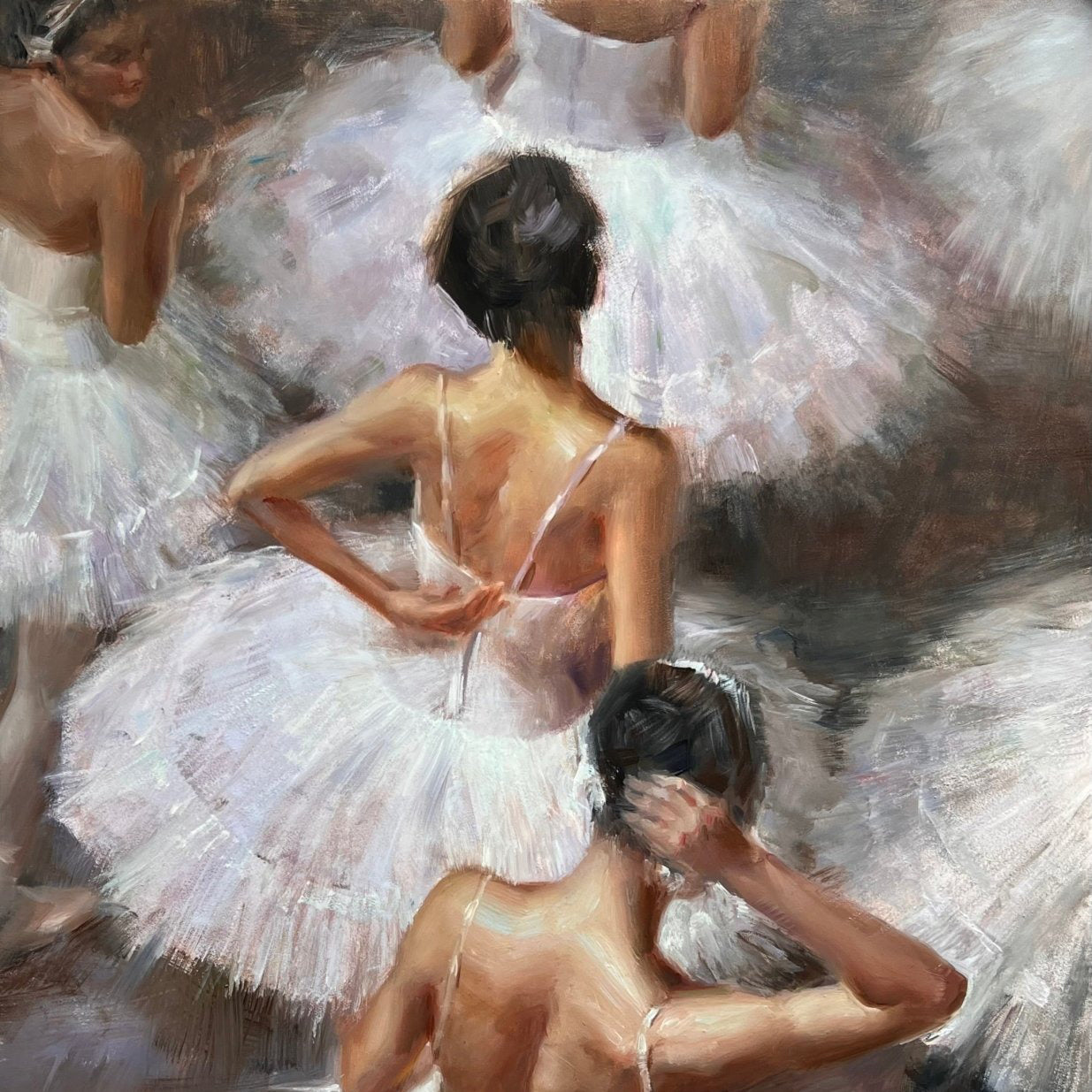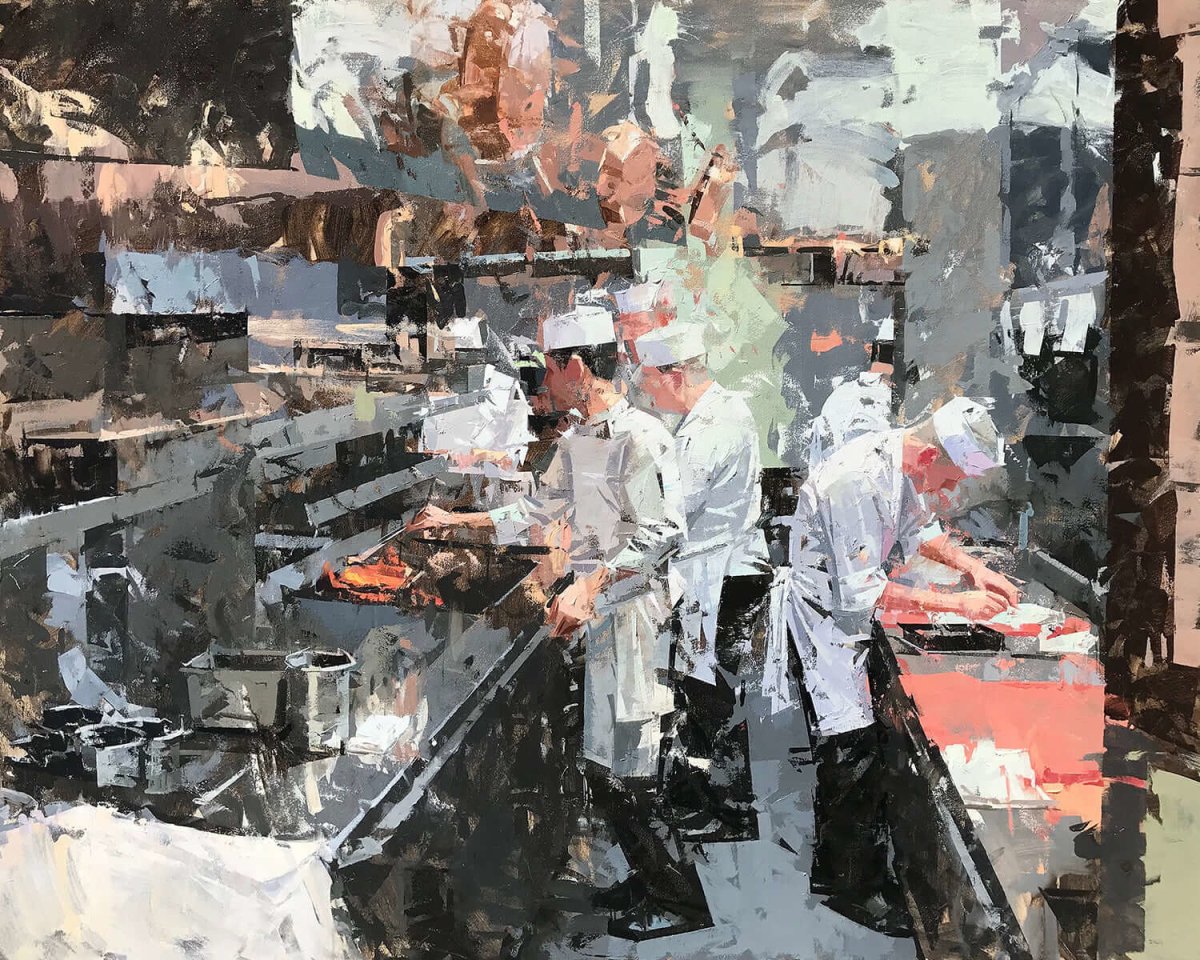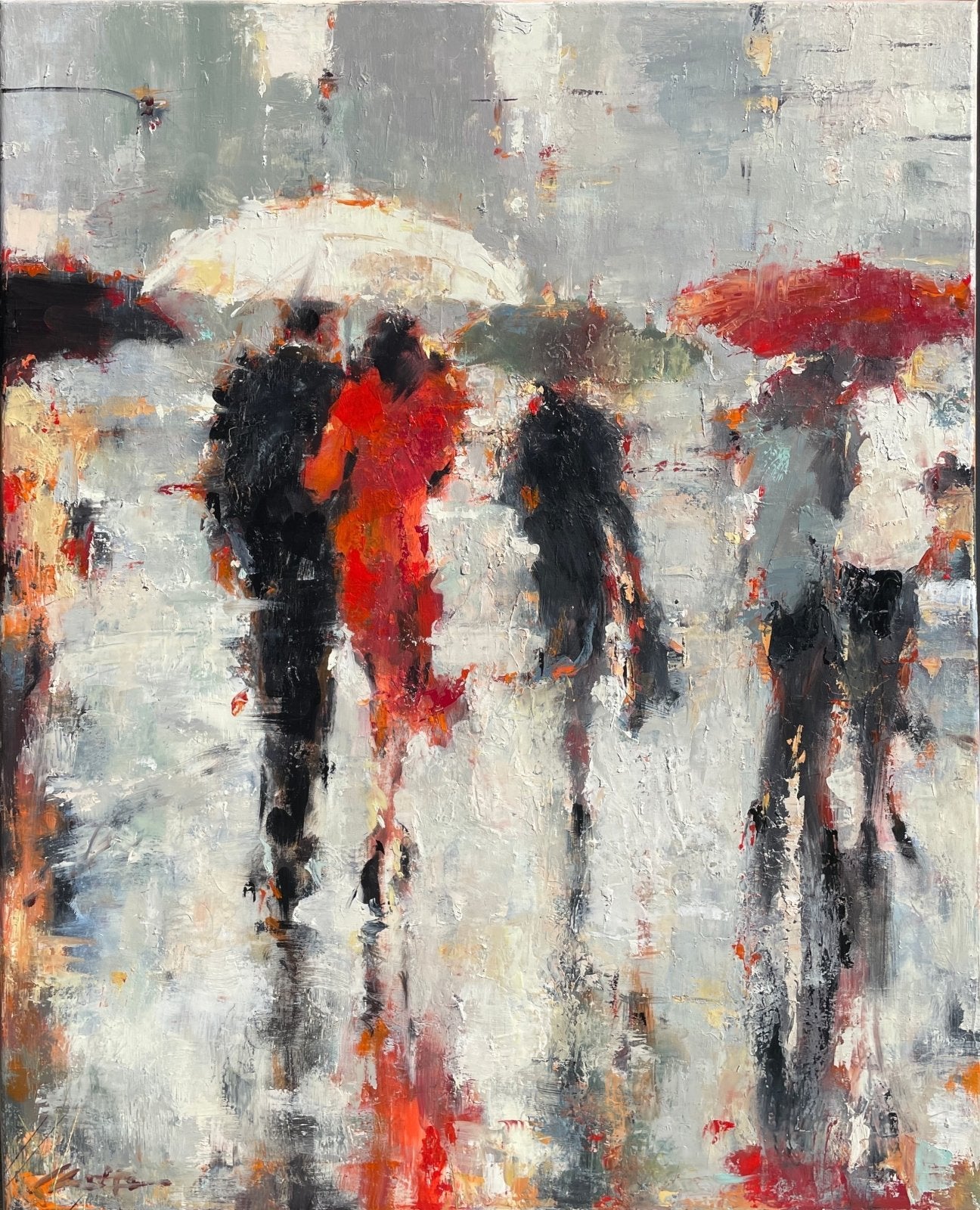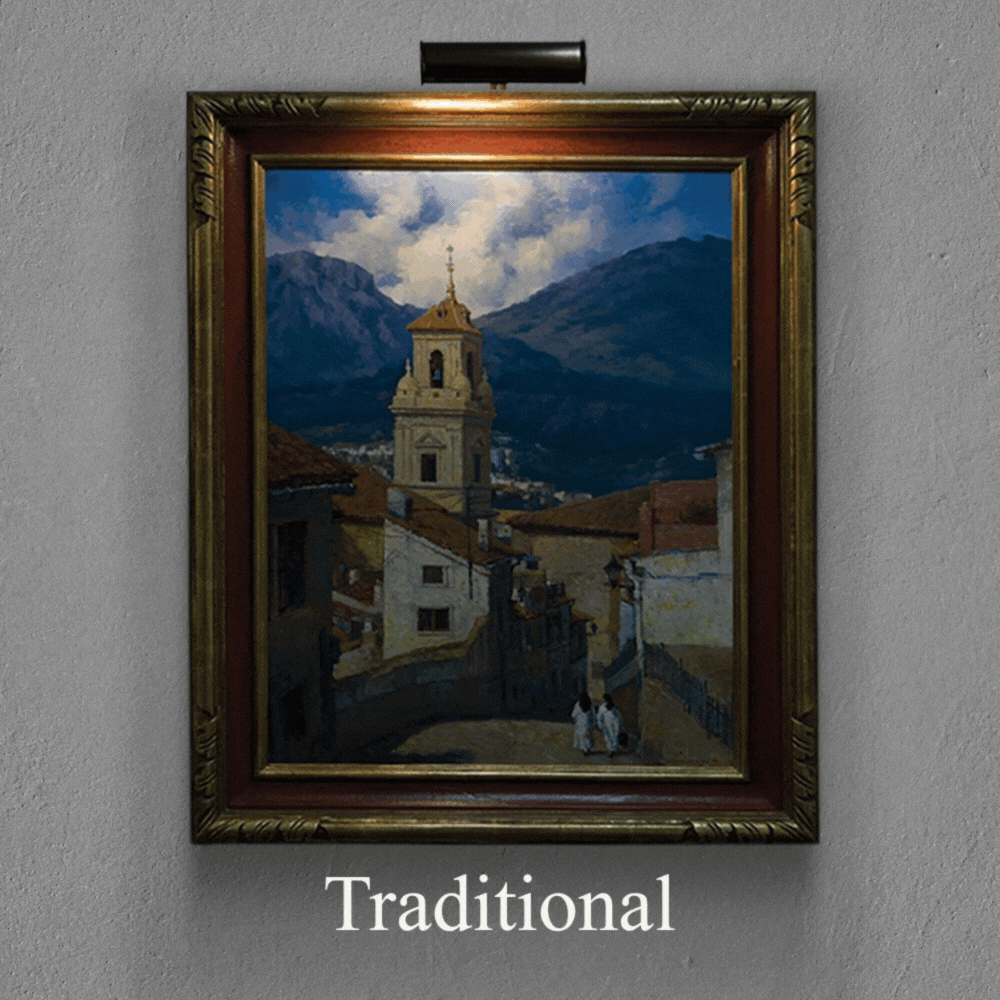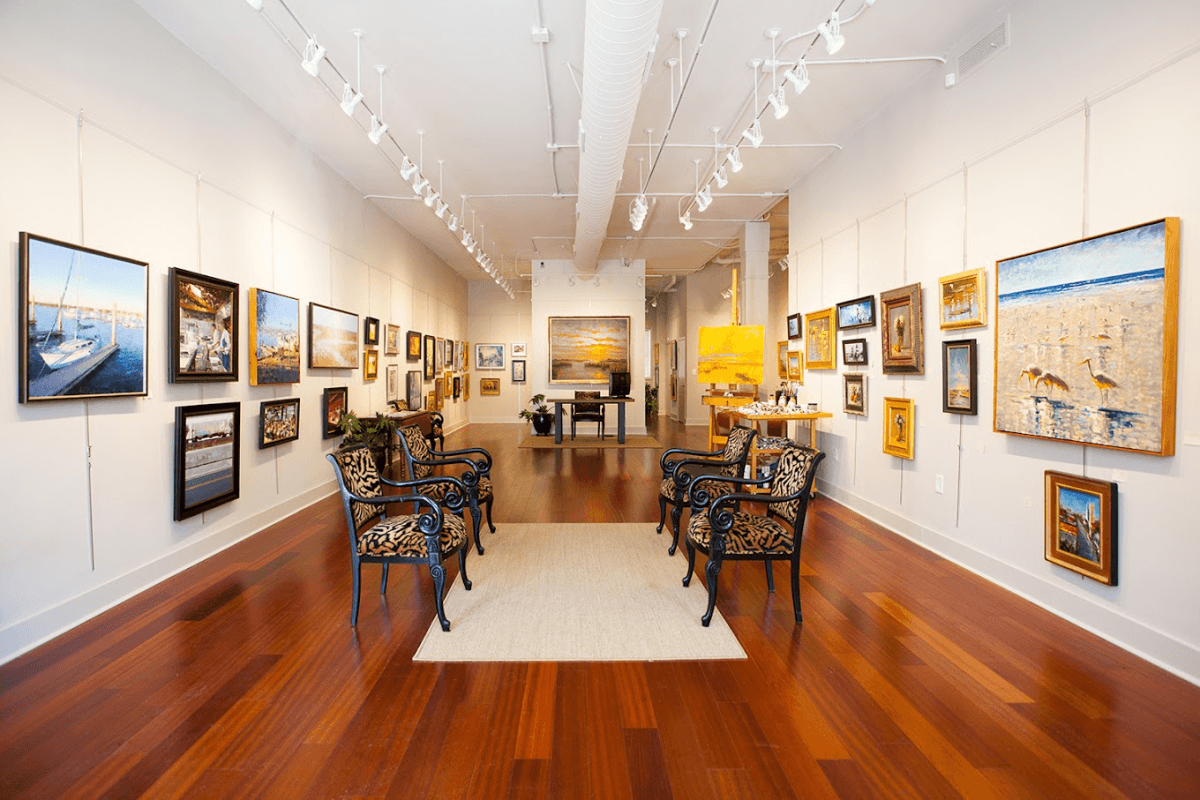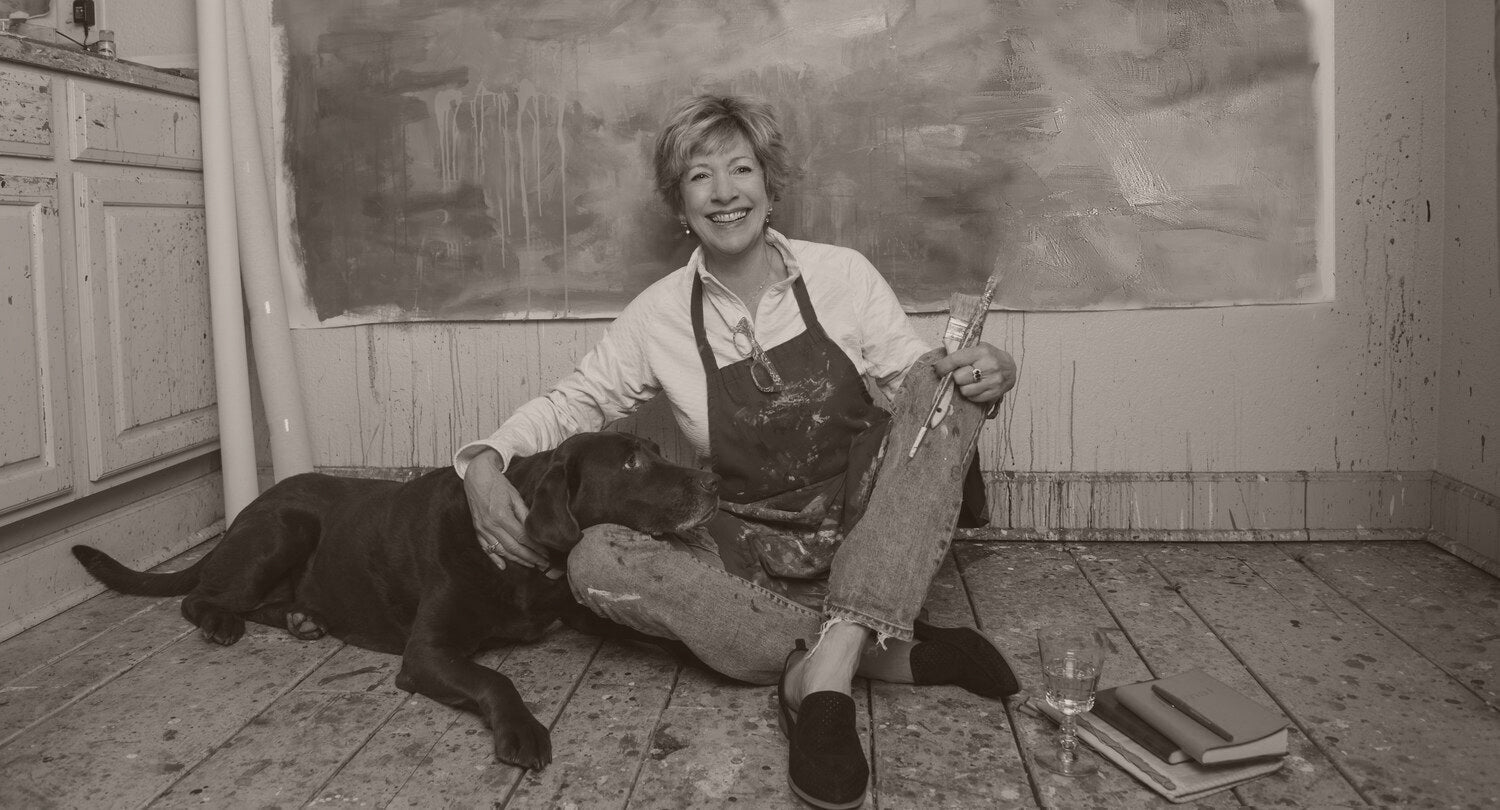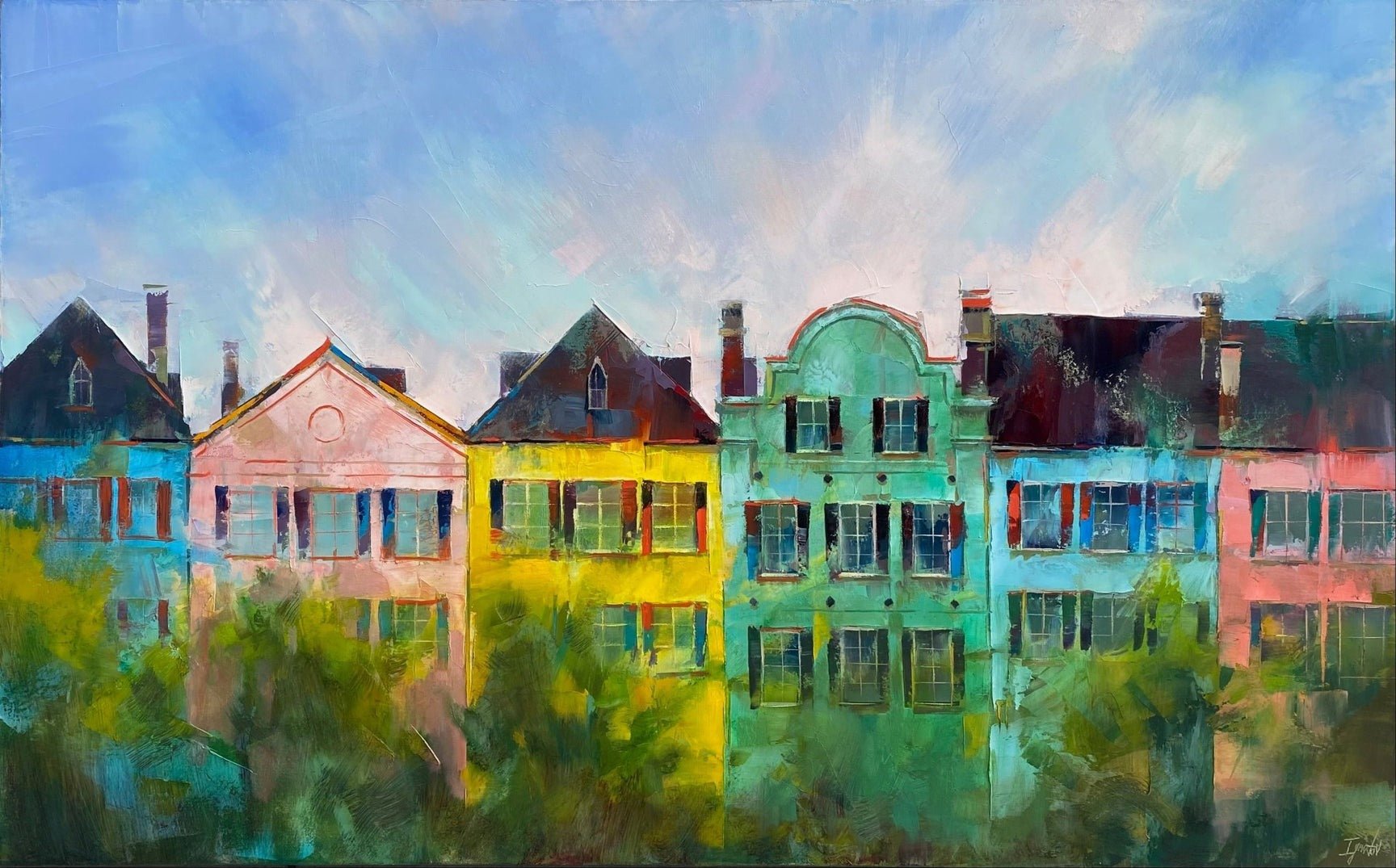10 Art Buying Tips: How To Buy Art From A Gallery
If your not sure how to purchase artwork from a Gallery, continue reading our guide filled with art buying tips. Buying art, especially original works can be a big decision, but it should also be viewed as a fun adventure. Original artwork can transform your home, office, or business, and allow you to create an atmosphere unique to you. These works of art can be dramatic, creating a space that is full of movement, energy, and power. Art can be soothing, quietly transforming a room for rest, reflection and calm. Paintings can also be playful or fun, brightening and lightening an area’s mood.
Below are some practical suggestions to ensure you get the most from the art buying experience and to maximize the enjoyment of your purchase for years to come.
Steps to buying art from a gallery.
- Choose art that is right for you and your space
- Use the art gallery staff to improve your understanding and knowledge base.
- Using photos of art to guide you through the purchasing process.
- Art gallery lighting and other tricks.
- Understanding art gallery pricing.
- Purchasing art from a gallery online.

Buy art from a gallery for yourself, not your friends.
Art Buying Tip #1
Do not allow your friends to choose or buy art for you. Art is personal. If you love a painting you will find a place to enjoy it forever. You can experience a connection to a painting that no one else understands. Art can transform a wall into a memory of an important moment in your life. Do not deny yourself the pleasure of connecting with the meaning or inspiration for the piece of art you are considering for purchase. The artist’s life and journey are part of the story too.

Utilize the art galleries staff for insight on buying original art.
Art Buying Tip #2
The staff in a gallery can be a great resource in your quest to find the perfect piece of art. They will help guide you through the art buying process. You should never feel pressured when purchasing art. Take advantage of their willingness to educate you about the art and the artists. When you enter a gallery and find yourself drawn to a particular painting or sculpture, be sure to inquire about the piece. Often times the staff knows the story behind it’s inception from the details of what inspired the work to how it was created.
When you place original art in your space, it will evoke conversations with your guests. Take pleasure in enlightening your friends with your knowledge of the artist and the work. Your new painting or sculpture tells a story that should have personal meaning to you.
Educate yourself about the artists. The staff in the gallery should personally know the artists they represent. They will be able to provide you with some biographical information as well as personal stories sharing insights into the artist’s background and artistic journey. These details can be fascinating and will be the foundation of your understanding and connecting to the piece.
Don’t be afraid to ask questions. At the LePrince Fine Art Gallery we have profiles online and bios so you can read about each of our featured artists and their artwork.
Questions to ask about the artist before buying an art piece.
- When did this artist begin painting/ sculpting?
- Was the artist professionally trained or self-taught?
- How did the artist transition into being a “full-time” artist?
- Does this artist paint a broad range of subjects?
- What draws this artist to paint a certain subject?
- What are the hallmarks of a painting by this artist?
Remember the more you learn about the artist and the artwork now, the more you will be able to share with your guests when they inquire. Do not deny yourself the pleasure of connecting with the meaning or inspiration for the piece. The artist’s life and journey are part of the story too. Ask questions about both. It never ceases to amaze people when paths or backgrounds coincide. You should not be surprised to learn you have something in common with an artist. Similarly, discussing art with new friends and guests can be a great way to find commonality. Art can be a great icebreaker.

Click View Painting Details and View It On Your Wall!
Ask first, but take pictures
Art Buying Tip #3
Photographing a work is always welcomed at LePrince Fine Art but you should ask first as some galleries have differing polices. Make sure to also take a photo of the information card next to the piece showing the name of the painting and artist. Make a note of the gallery, website, and phone number. When you are out shopping for art, things can become confusing. We receive many calls from customers asking us to hunt down something they saw while in town. Often the customer can provide nothing more than a vague description of the composition and a rough size estimate of the piece.
Take your time shopping. Trying to make too many gallery stops in one day is exhausting. At the end of the day you will not remember what you saw or where you saw it. The process of purchasing art can be spontaneous or take a little time.
Don’t be caught off guard when spotting an original painting or sculpture of interest. Have some pictures of the your rooms and walls stored in your phone. Make some notes of the measurements of the spaces in your room(s). Having that information stored in your phone will help greatly when the opportunity to purchase art unexpectedly presents itself. You never know when you will be walking down a street and see something that catches your eye. Sharing such photos and information with the gallery staff will greatly assist them in helping you curate your space.
Utilize the Staff
Art Buying Tip #4
The staff at any reputable gallery should be able to help identify the best “sizes” for your space. Having your images saved on your phone allows most galleries to provide you with a virtual preview of the art in your room(s) using a few photography programs.
Prior to purchasing art, it can be helpful to visualize the work in your space to alleviate any concerns over color and size. This can be especially helpful if you are considering different pieces for the same space as they will be able to show multiple options.
When purchasing original artwork from LePrince Fine Art Gallery you can upload and view the art in the room you had in mind. This feature is available on all painting / product pages.
Photography programs are also useful when considering companion pieces in the same room. If the work of a particular artist interests you, ask the associates if they are more paintings available by the artist. Occasionally galleries have new arrivals not yet on display or art en-route.

How gallery lighting affects buying art.
Art Buying Tip #5
Don’t be fooled by gallery lighting or light tricks. Lighting is everything! Fortunately lighting is not complicated. A little knowledge goes a long way. The color temperature of light is measured in “kelvin” temperature units ranging from 1,000 (very warm/ yellow) to 10,000 (very cool/ blue). Modern LED bulbs are inexpensive and the packaging generally states if the bulb is “very warm (around 2000K)”, “warm (3000K)”, “cool (5000k)”, or “daylight (6000k+)”.
Warm lights can make a painting feel richer while cooler lights will tend to mute the colors a bit. You will probably find that the most desirable lights are in the 3000k-4500k range. Newer bulbs even allow you to adjust the temperature.
Do not be shy in asking that a painting be moved towards a window so you can see it in natural light as well as towards the back so you can see it in a warmer light. In our gallery we have the ability to display a painting at various “light” temperatures. Use this knowledge when purchasing bulbs to light your art.
Avoid art gallery tricks.
Art Buying Tip #7
Tricks are tricks. Don’t buy art from a gallery when something feels wrong. If the art gallery is dimming the lights or slowly moving them up and down you should be concerned. The physiology of your eye prevents you from being able to see at full capacity while your eyes are trying to adjust between “light adaptation” mode and “dark adaptation” mode. Most research suggest your eyes need between 15 minutes to a full hour to properly change “light” modes.
How many times have you walked out of a dark theater and had to squint because the sun is too bright or come out of the sun into a dark house and barely been able to see? These are extreme examples of the changes your eyes make while adjusting to different lighting environments but even slight changes may leave you "seeing lights".
All galleries attempt to identify up and coming artists. Buying works from emerging and mid-career artists who are both prolific and heavily sought after by patrons might provide some degree of “potential” price appreciation. Buying art should never be likened to a "sure thing" lottery ticket or a retirement plan. You should be very leery of any gallery associate or salesperson who suggests otherwise. A reputable gallery will prioritize helping you find the perfect piece(s) and building a long term relationship above a quick profit.
Once you have identified a possible fit, you can always request the piece be placed on hold if you are still not ready to make your final decision. This will ensure that the gallery will attempt to contact you before selling the work to another party. If the galley is unable to reach you, they will generally proceed with the sale. Typically, a gallery will only “hold” artwork for up to 24 hours.
Get the right frame for your space and artwork.
Art Buying Tip #8
If the artwork is framed at the fine art gallery you can expect that the price includes the frame. What happens if I don't like the frame? This typically isn't an issue as artists provide the frames and art galleries can often swap frames for artists when dealing with standard size canvases and similarly priced frames. An additional charge will apply to non-standard sized works or if the desired frame is significantly different in price. At most art galleries you can also buy art unframed. Always ask.

Understanding pricing at an art gallery.
Art Buying Tip #9
When you are ready to make the original artwork purchase you will need to have an understanding of how art galleries price the work. Art pricing and art valuation may seem arbitrary to a first time buyer. Understanding the relationship between the gallery and the artist can shed light on the subject. Pricing is influenced by the type of economic relationship established between the artist and the art gallery.
An art gallery may either directly represent an artist or broker artworks. In the case of brokered works, you can usually look to auction history records and past sales prices to determine the fair value. These situations usually allow for some negotiation.
If the art gallery is a direct representative of the artist you can be fairly certain the artists have set their own prices. Established artists have long track records of sales transactions and know where to set their prices.
Red flags when purchasing original artwork from a gallery:
Art Buying Tip #10
Is the pricing transparent? If the gallery prices are displayed online, then you can be reasonably assured you are seeing transparent pricing meaning the artist has set the price and not the gallery. Understand artists typically show in several galleries. Consistent pricing across galleries helps prevent price gauging. If a gallery offers "free shipping", "a discount", or any other monetary incentive, you should pause to check the transparency of the pricing.
Artists typically set their pricing by square inch and use a price curve that reduces the square inch price as the size increases. Artists may have separate pricing models for paintings with multiple subjects such as figures and portraits. Many artists also charge an extra fee when working on a commission basis. This normally ranges from 5-10%.
Be Leary If Prices are Not Shown on a Galleries Website
If the art gallery does not display pricing on it's website, prices may be inflated (in the gallery) to allow for “haggle”. As an artist myself, I once had a scenario in which a gallery constantly called to request that I remove pricing from my individual art website. I later found out they were regularly adding an additional 20%-40% to my stated retail prices and in one case had added over 100%. This was very frustrating to me as it was all done without my knowledge or consent. Some of their clientele had noticed the difference in pricing, prompting them to ask me to remove my prices from the internet. I did not. Adding an “unknown amount” under the guise of covering “unknown expenses" leaves a lot of room for problems.
Are the prices on art negotiable? Artists typically consign their work to galleries. Galleries have an expectation of exclusivity with the artist. Artists are protective of their pricing because appropriate pricing is necessary to preserve long-term value and safe guard the buyers investment. In a reputable gallery you will likely find little to zero room for negotiation primarily for this reason. However, artists will occasionally allow for a small discount from their stated prices based on certain situations such as the age of a piece or timing. If you plan to pursue a reduction in price, be ready to act immediately. Artist can be fickle and feel regret in hindsight.
If you find yourself offered a “too good to be true deal” then you should probably walk away as the real value will be difficult to accurately determine.

Have fun purchasing art from local galleries or online.
Hopefully, understanding all of this information ahead of time will allow you to make your decision in a timely and confident manner and prevent you from missing out on the perfect piece.
You can also buy art from most galleries online. When doing so, rely on the gallery staff in the same way. Ask questions. Send images of your walls and ask for virtual previews. Oftentimes we make videos of the work from all angles for buyers when can not be present. You might inquire about the texture in a painting as photographs and videos do not always capture this 3-D quality found in original works.
Financing art from a gallery.
A lot of people as if they can buy art on a payment plan. Customers sometimes settle for a smaller work when we know they love something larger. Price is certainly a factor when buying art, but it does not have to stop you from acquiring the piece you really want. Don’t hesitate to ask an associate if the gallery offers any types of payment plans or financing options.

Shipping art from a gallery.
One of our most asked questions. Do galleries ship artwork? What are my delivery options in a gallery? Shipping and insurance prices can vary depending on the artwork’s size, value, and destination. We ship all paintings with insurance to protect you, our artist, our gallery, and above all your new art!
We also offer an expedited delivery via an art courier with white glove service. Not only will they hand deliver directly to your address, but for an additional fee they will expertly place or hang your art as directed.
If you have other questions, just ask us. We pride ourselves in making sure you have the best experience possible. We believe in Southern Hospitality. Hopefully you will return home and want to return to the city again and again. Most importantly we want you to love your new artwork.
Our hope is that each piece you chose will forever bring you fond memories of your time in Charleston and provide connections that you can share with your friends, family, and guests for a lifetime.
We hope this article helps you in your pursuit of finding and purchasing the perfect piece of art!


